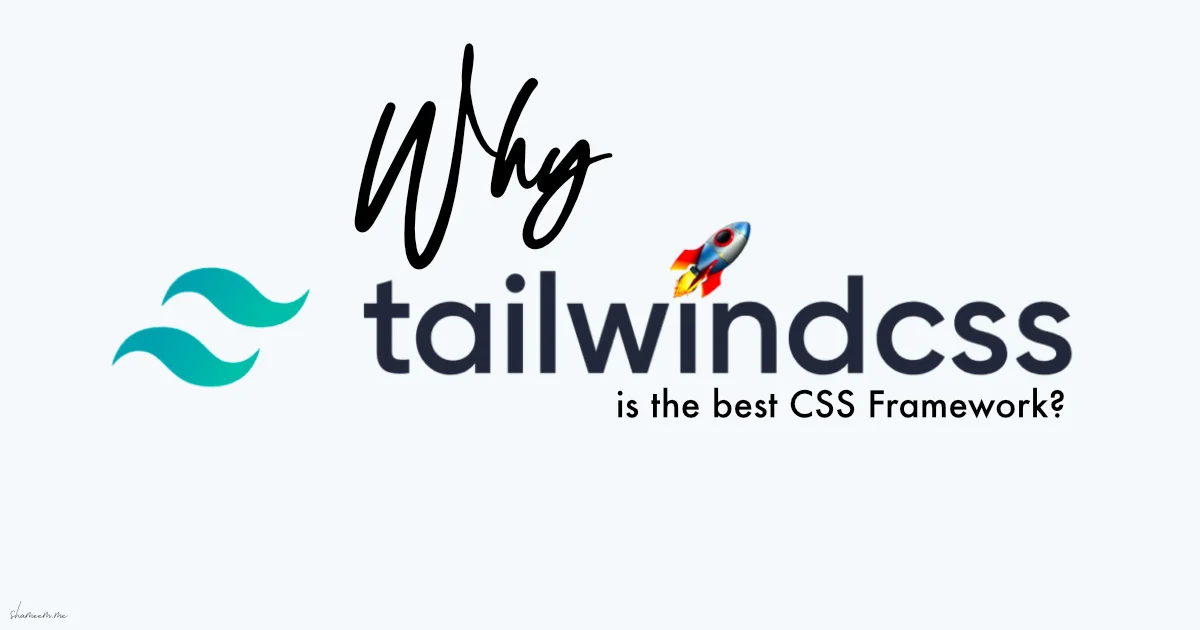
Why Tailwind CSS is the UI/UX Designer’s Favorite Framework
In the rapidly evolving digital landscape of 2025, Tailwind CSS has emerged as the go-to framework for UI/UX designers who value both speed and precision. Its utility-first architecture allows designers to build sleek, responsive user interfaces without writing a single line of traditional CSS. Unlike older frameworks that enforce a specific component structure, Tailwind provides a flexible set of utility classes that can be combined to create custom designs—perfect for teams looking to innovate without constraints. This granular control over every design element empowers designers to translate creative vision directly into code with minimal friction.
Tailwind CSS dramatically improves design-to-development workflows. With tools like Tailwind UI and integrations with Figma, designers can now prototype layouts visually and seamlessly hand them over to developers without breaking design consistency. This design system harmony reduces time-to-market and eliminates the back-and-forth usually seen in traditional design handoffs. Additionally, its mobile-first approach ensures that apps and websites created with Tailwind look and perform exceptionally across all screen sizes—an essential requirement as mobile traffic continues to dominate the web in 2025.
One of Tailwind’s biggest strengths is its scalability. Whether you’re designing a simple landing page or a complex enterprise dashboard, Tailwind CSS maintains performance and consistency at every level. It helps avoid common CSS pitfalls like duplication and naming conflicts by encouraging component-based styling. The result is a clean, maintainable codebase that aligns perfectly with the needs of growing startups and established enterprises alike. This efficiency also reduces onboarding time for new developers and designers, making it a team-friendly solution for long-term projects.
At Object Infotech, we’ve embraced Tailwind CSS across our design and development pipelines because it helps us deliver visually stunning and highly performant applications. By using Tailwind’s utility classes, our teams build pixel-perfect interfaces faster while adhering to accessibility and SEO best practices. With features like dark mode support, customizable themes, and JIT (Just-In-Time) compilation, Tailwind gives us the creative and technical freedom to craft user-centric digital experiences that perform well across devices and browsers.
Tailwind CSS is also a major asset for SEO and performance optimization. Its lean, utility-based approach means unused CSS can be purged during build time, resulting in faster page load speeds and better Core Web Vitals. Search engines now place more importance on UX metrics, and Tailwind’s lightweight design helps ensure your site ranks better in 2025’s SEO landscape. Furthermore, websites built with Tailwind often have lower bounce rates due to their fast-loading and mobile-optimized nature, which further supports your SEO goals.
Another key advantage Tailwind brings to the table is its thriving ecosystem. From open-source UI kits to community-driven plugins for animations, forms, and accessibility, the framework enables rapid feature development while adhering to best practices. Combined with popular tools like Next.js, React, and Alpine.js, Tailwind helps teams build scalable front-end architectures that are both robust and elegant. This synergy of tools enhances productivity, reduces technical debt, and supports long-term growth strategies.
As user expectations rise and digital competition intensifies, Tailwind CSS stands out by giving design teams complete creative control without compromising development efficiency. Its emphasis on utility, modularity, and performance makes it the preferred framework for digital agencies, SaaS platforms, eCommerce stores, and enterprise-level applications alike. In an era where design quality directly impacts brand reputation, Tailwind offers a streamlined solution that balances beauty with functionality.
In conclusion, Tailwind CSS is not just a framework—it’s a design philosophy reshaping the UI/UX industry in 2025. It bridges the gap between design and development, enhances workflow synergy, and delivers unmatched performance for modern web applications. For businesses aiming to scale with confidence and designers who crave flexibility without sacrificing standards, Tailwind CSS is the framework of choice. At Object Infotech, we continue to build intuitive, future-ready applications using Tailwind as a core pillar of our front-end strategy.







